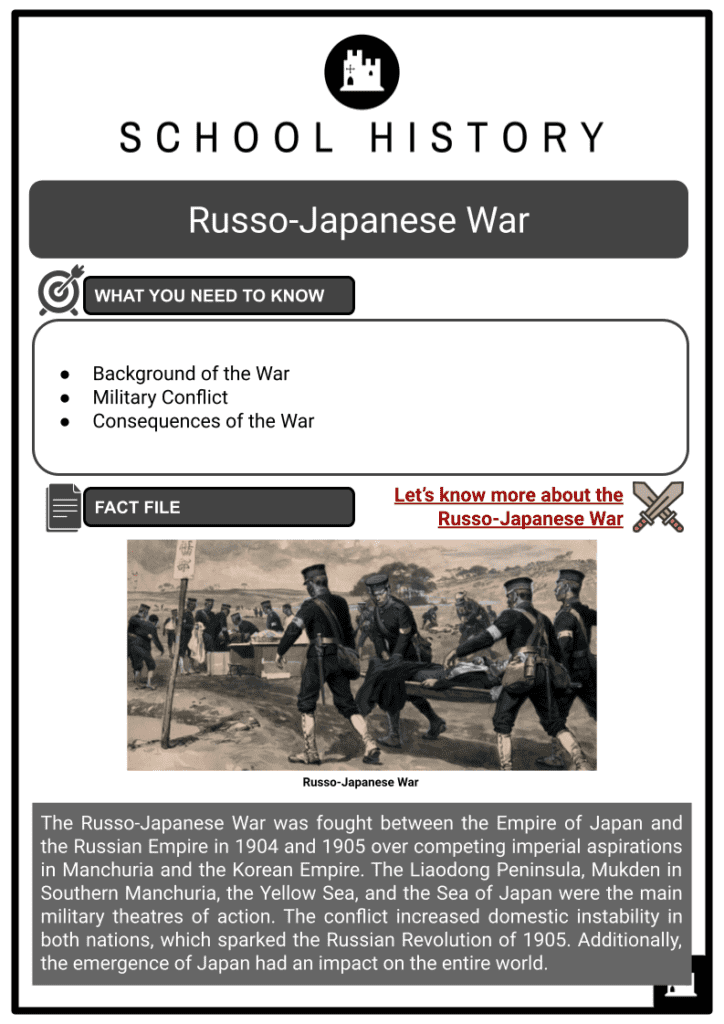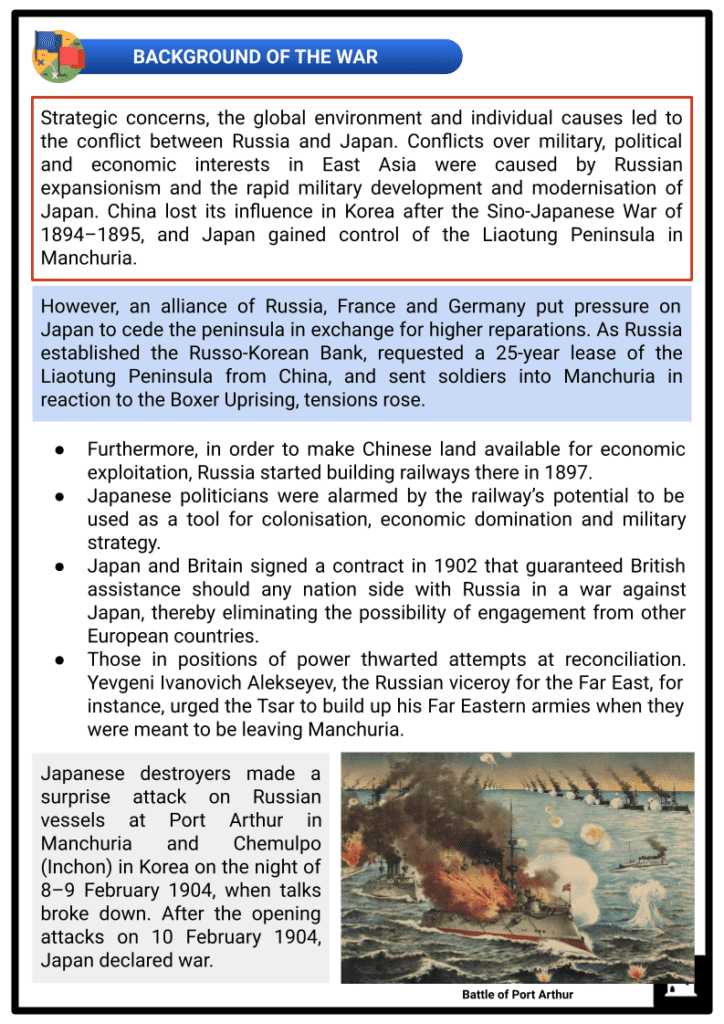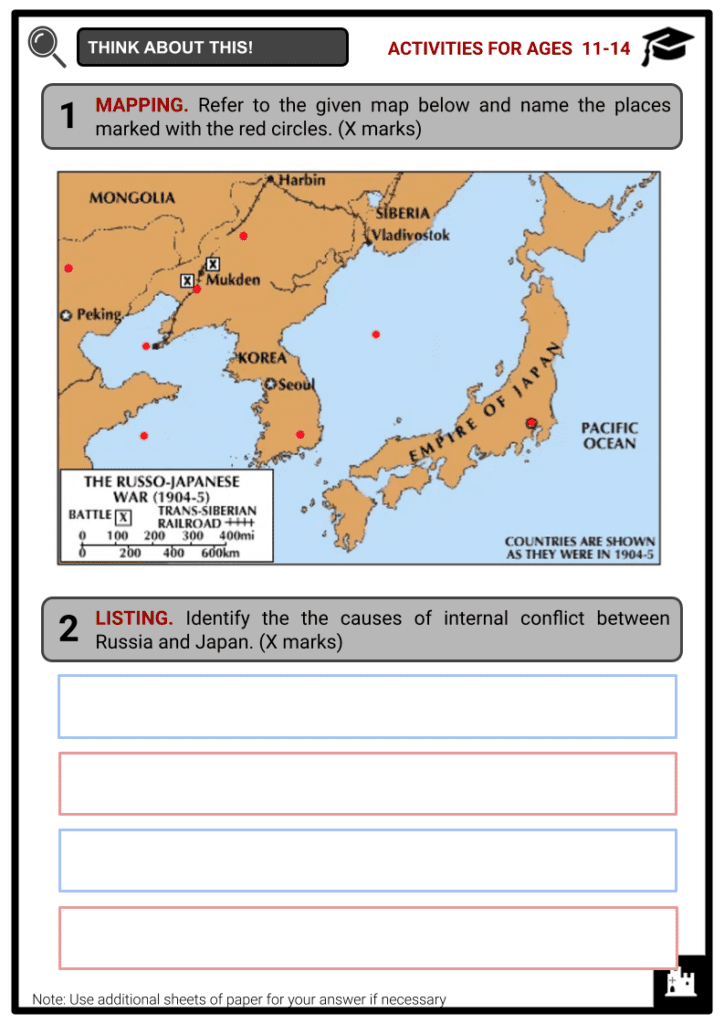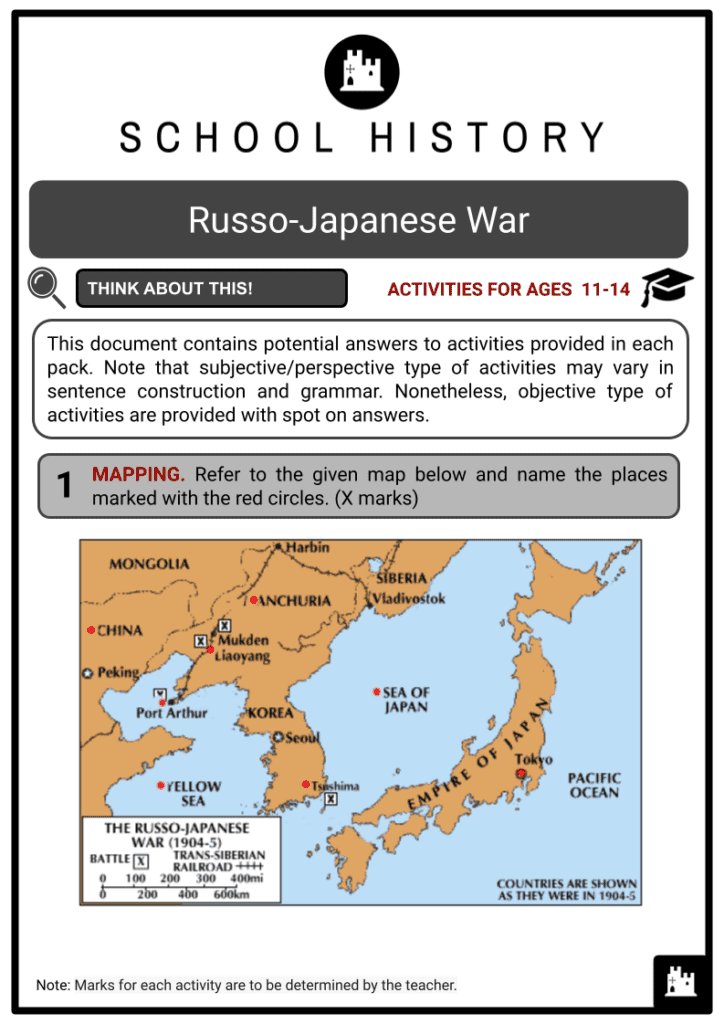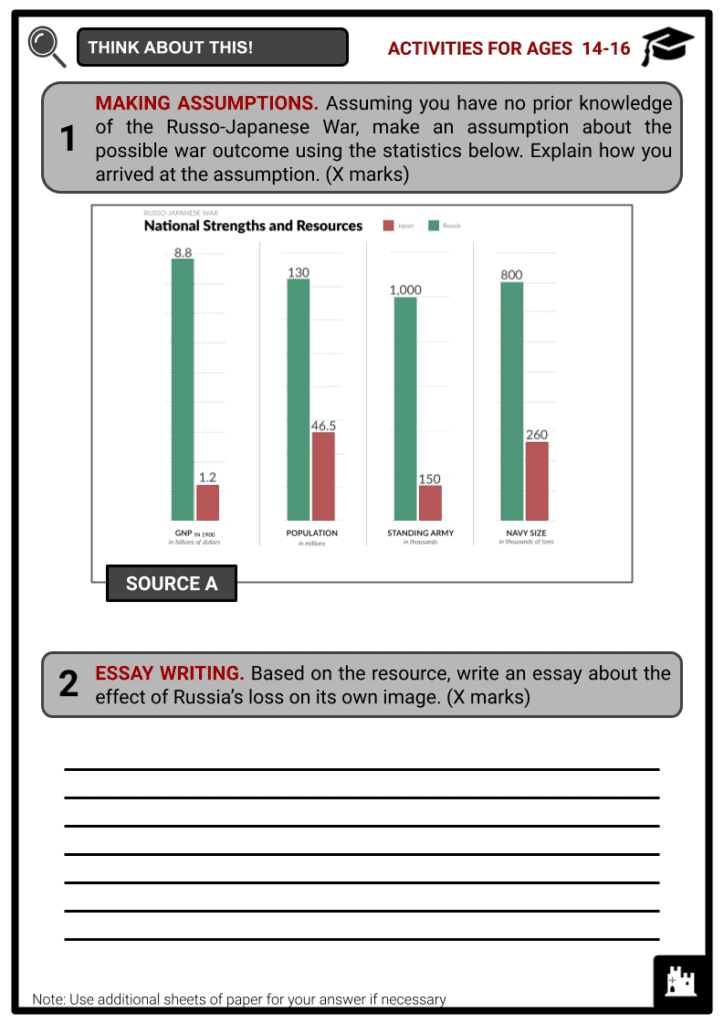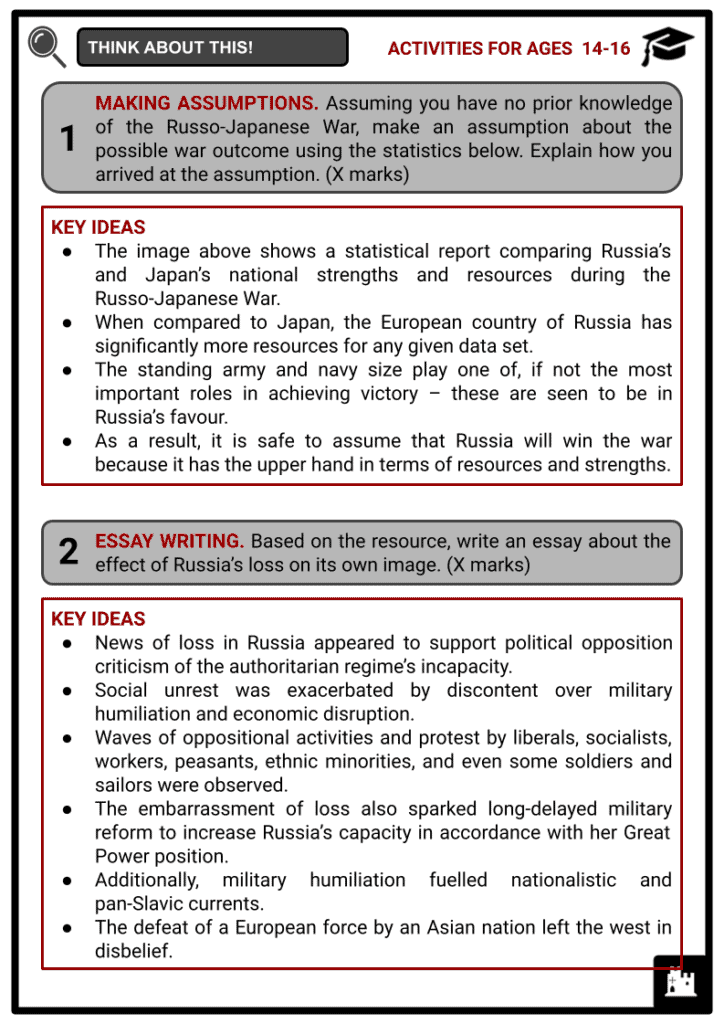Russo-Japanese War Worksheets
Do you want to save dozens of hours in time? Get your evenings and weekends back? Be able to teach about the Russo-Japanese War to your students?
Our worksheet bundle includes a fact file and printable worksheets and student activities. Perfect for both the classroom and homeschooling!
Summary
- Background of the War
- Military Conflict
- Consequences of the War
Key Facts And Information
Let’s know more about the Russo-Japanese War!
The Russo-Japanese War was fought between the Empire of Japan and the Russian Empire in 1904 and 1905 over competing imperial aspirations in Manchuria and the Korean Empire. The Liaodong Peninsula, Mukden in Southern Manchuria, the Yellow Sea, and the Sea of Japan were the main military theatres of action. The conflict increased domestic instability in both nations, which sparked the Russian Revolution of 1905. Additionally, the emergence of Japan had an impact on the entire world.
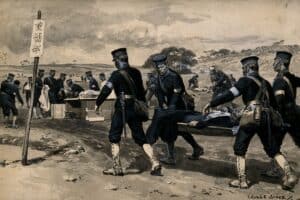
BACKGROUND OF THE WAR
- Strategic concerns, the global environment and individual causes led to the conflict between Russia and Japan. Conflicts over military, political and economic interests in East Asia were caused by Russian expansionism and the rapid military development and modernisation of Japan. China lost its influence in Korea after the Sino-Japanese War of 1894–1895, and Japan gained control of the Liaotung Peninsula in Manchuria.
- However, an alliance of Russia, France and Germany put pressure on Japan to cede the peninsula in exchange for higher reparations. As Russia established the Russo-Korean Bank, requested a 25-year lease of the Liaotung Peninsula from China, and sent soldiers into Manchuria in reaction to the Boxer Uprising, tensions rose.
- Furthermore, in order to make Chinese land available for economic exploitation, Russia started building railways there in 1897.
- Japanese politicians were alarmed by the railway’s potential to be used as a tool for colonisation, economic domination and military strategy.
- Japan and Britain signed a contract in 1902 that guaranteed British assistance should any nation side with Russia in a war against Japan, thereby eliminating the possibility of engagement from other European countries.
- Those in positions of power thwarted attempts at reconciliation. Yevgeni Ivanovich Alekseyev, the Russian viceroy for the Far East, for instance, urged the Tsar to build up his Far Eastern armies when they were meant to be leaving Manchuria.
- Japanese destroyers made a surprise attack on Russian vessels at Port Arthur in Manchuria and Chemulpo (Inchon) in Korea on the night of 8–9 February 1904, when talks broke down. After the opening attacks on 10 February 1904, Japan declared war.
MILITARY CONFLICT
- Japanese naval manoeuvres at Port Arthur, which started in February 1904, substantially limited the Russian squadron within the port but failed to close the harbour. Vice-Admiral Stepan Osipovich Makarov and 662 crew men perished when a mine sank the Russian flagship Petropavlovsk in the harbour on 13 April 1904. When the surviving Russian ships, commanded by Admiral Vil’gel’m Karlovich Vitgeft, escaped to rendezvous with cruisers at Vladivostok, Japanese troops followed them. Following that, Russia suffered a heavy loss in the Battle of the Yellow Sea.
- Due to the death of Admiral Vitgeft, no Russian ships were able to reach Vladivostok.
- A warship was sunk, another was captured, and several were detained in foreign ports.
- The squadron’s remainder was compelled to return to Port Arthur.
- All but one of the Russian warships that were still stationed there in December 1904 were lost by Japanese shelling.
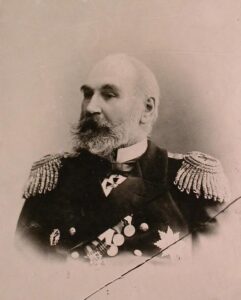
Wilgelm Vitgeft - The Battle of Tsushima, fought between the fleet of Admiral Heihachiro Togo and the 2nd Pacific Squadron under the command of Rear-Admiral Zinovii Petrovich Rozhestvenskii, was the last significant engagement of the war. In October 1904, the newly organised 2nd Pacific Squadron departed from the Baltic. The shooting of English trawlers that had been misidentified as Japanese torpedo boats near Dogger Bank started a diplomatic issue.
- The fleet had fuelling issues, mutiny and tropical sickness by the time it neared Japan in May 1905. The Japanese navy destroyed the squadron and took the seriously injured Rozhestvenskii prisoner. Several thousands of Russians perished, were taken prisoner by Japan, or were incarcerated in neutral nations, while Japan only suffered the loss of three torpedo boats and 700 dead or injured soldiers.
- The Battle of the Yalu River, which took place at the end of April 1904 on the border between Korea and Manchuria, was the first significant land conflict. As a result, the Russians withdrew, were barred from entering Korea, and part of their army was forced to surrender. A few days later, in the Liaotung Peninsula, north of Port Arthur, the Japanese 2nd Army was able to arrive without resistance. Despite suffering significant casualties, the 2nd Army during the Battle of Nanshan forced the Russians to give up the commercial port of Dalny and the outer defences of Port Arthur. Japanese soldiers besieged Port Arthur’s fortified town beginning at the end of July 1904, accepting the garrison’s capitulation on 2 January 1905.
- The Russian force of General Aleksei Nikolaevich Kuropatkin, which was much bigger, was driven back at Liaoyang in 1904 by Japanese divisions, but at a cost of more losses. The Russians were also heavily wounded at the Battle of Sha-Ho. In January 1905, the Russian attack at San-de-pu was unsuccessful. The forces engaged in the longest ground war in modern history up to that time in the town of Mukden in February and March 1905 when reinforcements arrived on both sides. Both sides lost approximately a third of their respective forces in the conflict when Japanese soldiers outflanked Kuropatkin troops and captured the town.
- Although Japan achieved stunning wins at Mukden and Tsushima, its men were worn out, short on ammunition, and the nation’s economy was under pressure.
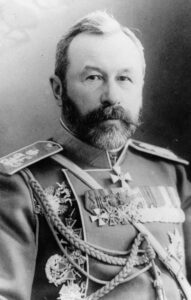
Aleksei Kuropatkin - Although Russia had access to more powerful forces than Japan, the Tsar was focused on internal upheaval.
- American peace talks got underway in August 1905.
- The Treaty of Portsmouth, which was concluded in September 1905, recognised Japanese rights in Korea and gave Japan authority of the South Manchurian Railway and transferred ownership of Port Arthur, Dalny and the surrounding land.
- It allowed for the Russian exodus from Manchuria. However, the island of Sakhalin, which Japan had taken control of at the close of the war, was partitioned between the two nations despite its government’s demands for monetary reparations.
CONSEQUENCES OF THE WAR
- Each side of the conflict suffered a great deal, which added to civil dissatisfaction in both nations. Many people in Japan believed they had been denied the benefits of victory by the peace agreement. After many days of rioting, martial law was imposed. News of loss in Russia appeared to support political opposition criticism of the authoritarian regime’s incapacity. Social unrest was exacerbated by discontent over military humiliation and economic disruption, which were exacerbated by the army’s domestic absence, which the administration depended on to put down domestic disturbance.
- Waves of oppositional activity culminated in the Revolution of 1905, during which the Tsar was forced to establish Russia’s first parliament due to protests by liberals, socialists, workers, peasants, ethnic minorities, and even some soldiers and sailors, for instance on the battleship Potemkin of the Black Sea fleet.
- The embarrassment of loss also sparked long-delayed military reform, a project that was halted when the First World War broke out, to increase Russia’s capacity in accordance with her Great Power position. Additionally, military humiliation fuelled nationalistic and pan-Slavic currents that found expression in the outbreak of war in 1914. The Russo-Japanese War had a major international component as well. Some academics refer to it as ‘World War Zero’ due to its widespread effects.
- It altered the balance of power in East Asia, made Japan more likely to join the group of Great Powers, and motivated anti-imperialists throughout the continent. The defeat of a European force by an Asian nation left the west in disbelief, and the general staffs of the American and European military scrutinised the information that their observers had reported. Unfortunately, incorrect assumptions were sometimes made, such as that future conflict would be brief, mobile and won by enthusiastic offensives. As the First World War progressed, these lessons had to be swiftly forgotten.

